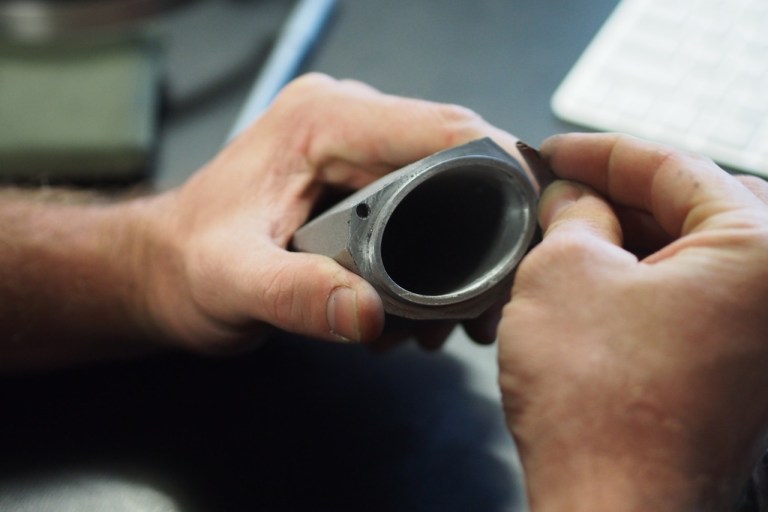As a source of inspiration for designers and architects, Australian Indigenous culture should not be underestimated. At a recent talk on shield carving by Andrew Snelgar and Simon Penrose at the Art Gallery of NSW, I saw first hand the beauty of traditional shields, tools and weapons made by hand. I also learnt about practices such as the harvesting of timber from trees – up to two thirds of a tree can be removed without killing it.

Two contemporary Indigenous designers drawing on Indigenous Australian traditions in their practices are Lucy Simpson, a textile and graphic designer who sells scarves, textiles, jewellery and objects under the name Gaawaa Miyay, and Nicole Monks, a designer working across art, interiors, fashion, set and surface design (Lucy and Nicole are both participants in the Arts NSW 2016 Indigenous Design Mentorship scheme facilitated by the Australian Design Centre). Read more








